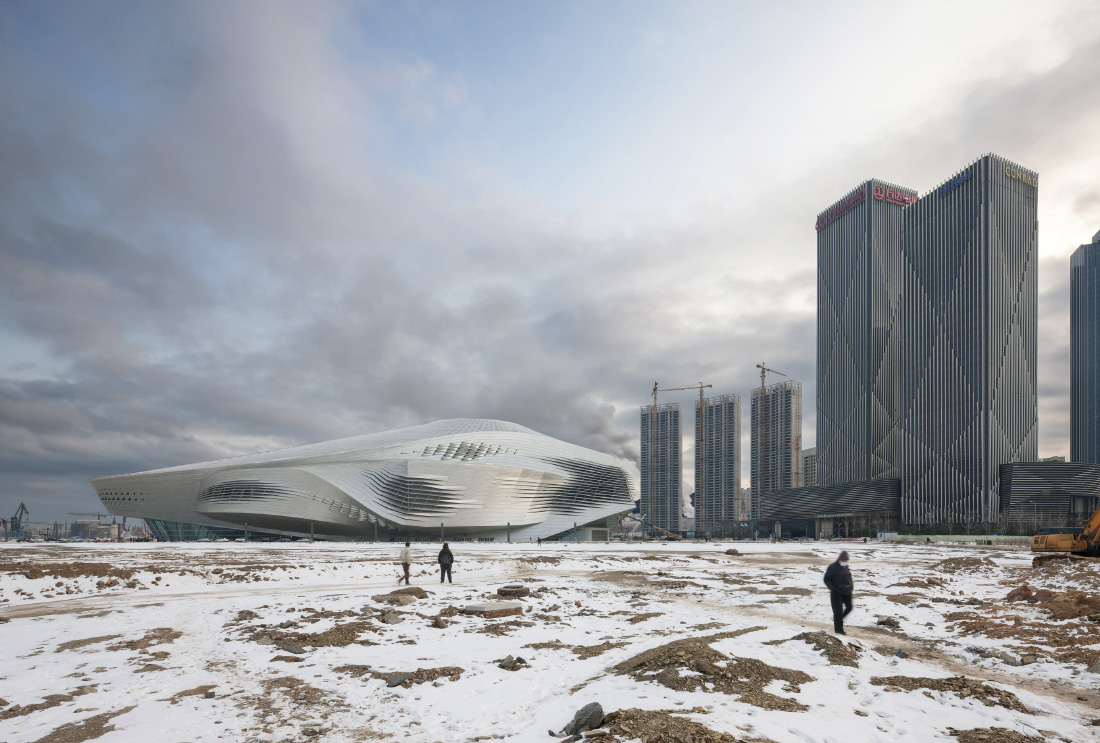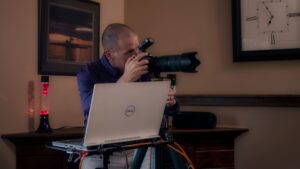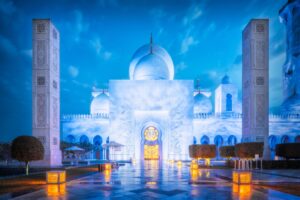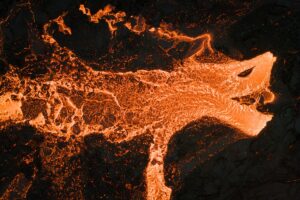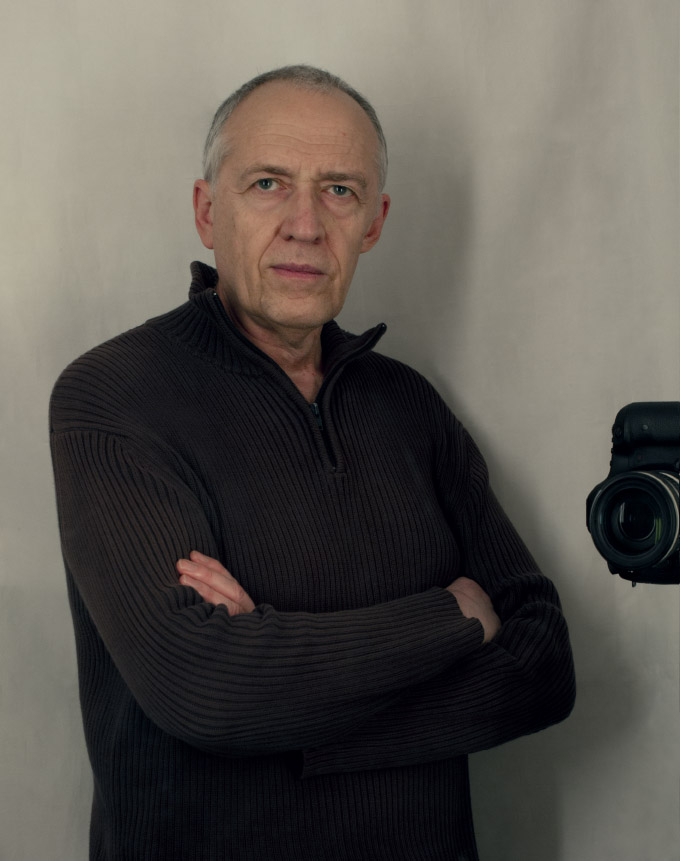
The world understands architecture through the eyes of architectural photographers.
Duccio Malagamba
You can also listen to this episode with Duccio on iTunes, Pocket Casts, Spotify, Castbox, and Google Podcast
Join our photography group and interact with the host, Perrin, gain access to monthly photo contests, discover daily inspiration, and much more!
Interested in contributing? Visit our Supporter page to find out more.

Duccio Malagamba never intended to be a photographer. In fact, for a long time, he didn’t even own a camera. He was an architecture student first-immersed in blueprints, proportions, and the poetry of spaces. It wasn’t until a shift in his professional life pulled him back towards photography that something unexpected happened: his two passions merged into one. And from that moment on, Duccio saw buildings not just as designs to be understood but as experiences to be interpreted, using a camera to do just that.
In this episode, Duccio talks about how his deep background in architecture shapes the way he photographs spaces. His images are quiet conversations between light and shadow, form and feeling, structure and story. He talks about spending days (sometimes ten!) on site waiting not for the perfect shot but the right moment. He calls architectural photography a form of visual criticism-and when you hear how he works, you’ll understand why.
We also get into what it’s like to work with architects, the power of architectural imagery, and the challenges of capturing spaces that exist in chaos and calm. Duccio’s approach is thoughtful, generous, and unhurried.
Some highlights from our chat include:
- Why Duccio always visits a building before photographing it-and sometimes leaves the camera behind
- The role of light, time, and waiting in architectural photography
- How architectural photographers are visual critics (and why they often hide what doesn’t work)
- The making of his beautiful book Before/After with Alvaro Siza
- A 30-year-old book project about Havana’s crumbling yet vibrant Art Deco gems
Duccio reminds us that photographing buildings isn’t about documentation-it’s about translation. If you’ve ever stood in front of a building and felt something you couldn’t quite name, this conversation might help you see why. Enjoy!
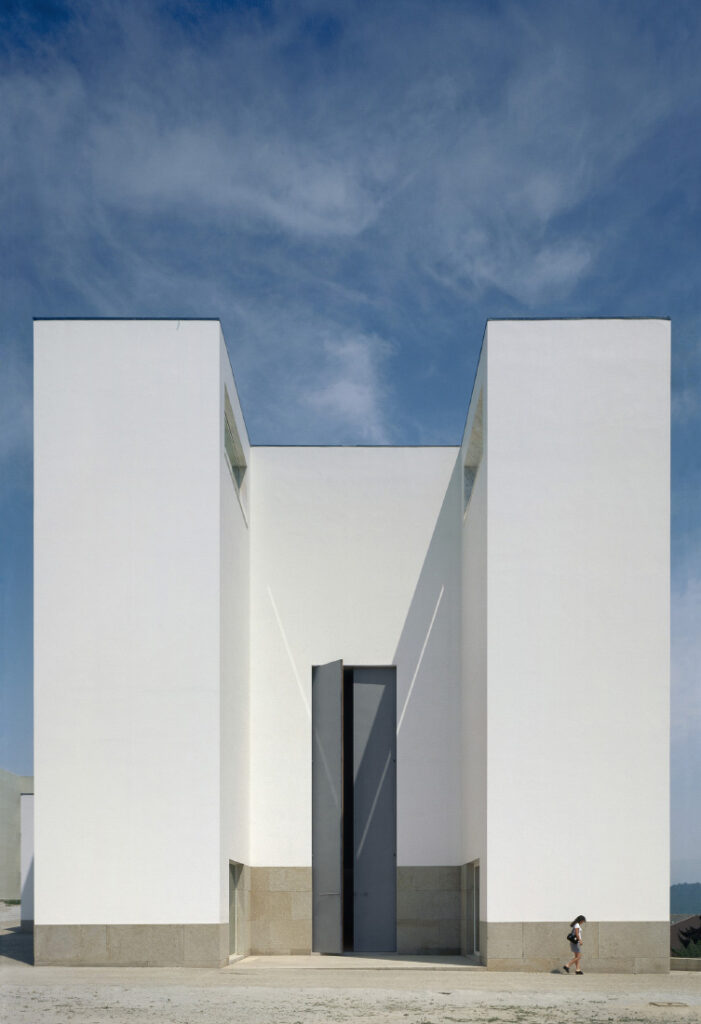
Q: What is it about the buildings that attracts you? Because you said you don’t photograph anything else but buildings.
Duccio Malagamba: As I said, my interest is mainly architecture. If I find myself in front of a very interesting example of architecture, it attracts me and gives me the input to try to transmit and communicate my sensation to other people who are also passionate about architecture. When I’m shooting, I’m thinking about people who will understand what I see in that building-colleagues, other architects. It’s a kind of communication between me and them.
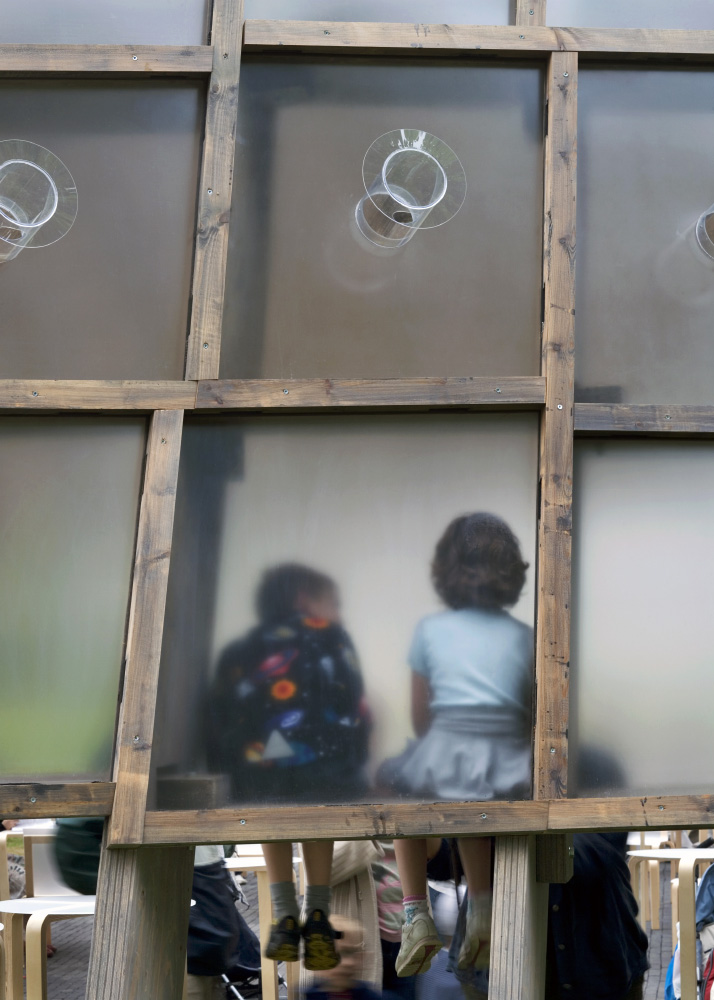
Q: What is your thought process first when starting to work on a project? Do you look at the building, plan out a shot list—where does your mind go?
Duccio Malagamba: The first thing is to know the project, but I don’t like to receive too much documentation before visiting. I prefer to be surprised. I like to know the architect’s work, but not exactly what I’ll find. Then I walk around the building to understand it. Sometimes I have to shoot immediately if the light is perfect, but ideally I learn how the building works-how it’s used, how people move through it-before I start photographing.
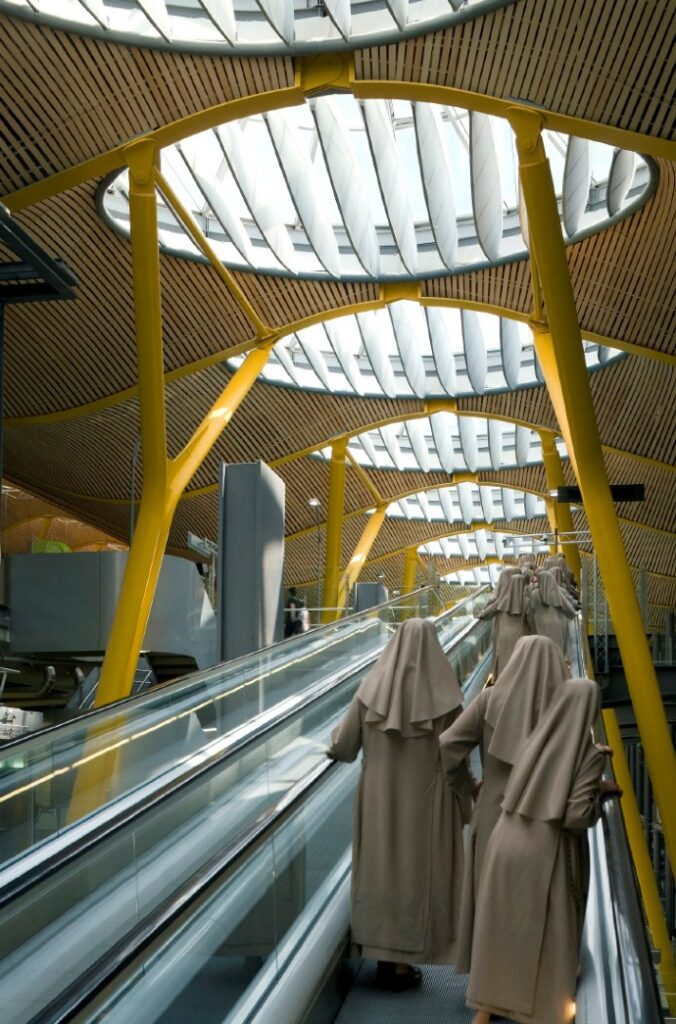
Q: Are there any standout techniques that a beginner trying to get into architectural photography could use to help take better pictures?
Duccio Malagamba: Definitely. I think a tripod is compulsory, at least for beginners. It allows for accurate framing. Also, tilt-shift lenses are important because 99% of architectural images have straight vertical lines. Architects don’t like seeing their buildings with distorted perspectives, and while you can correct this in post-processing, it’s much easier and more precise to get it right with the lens.
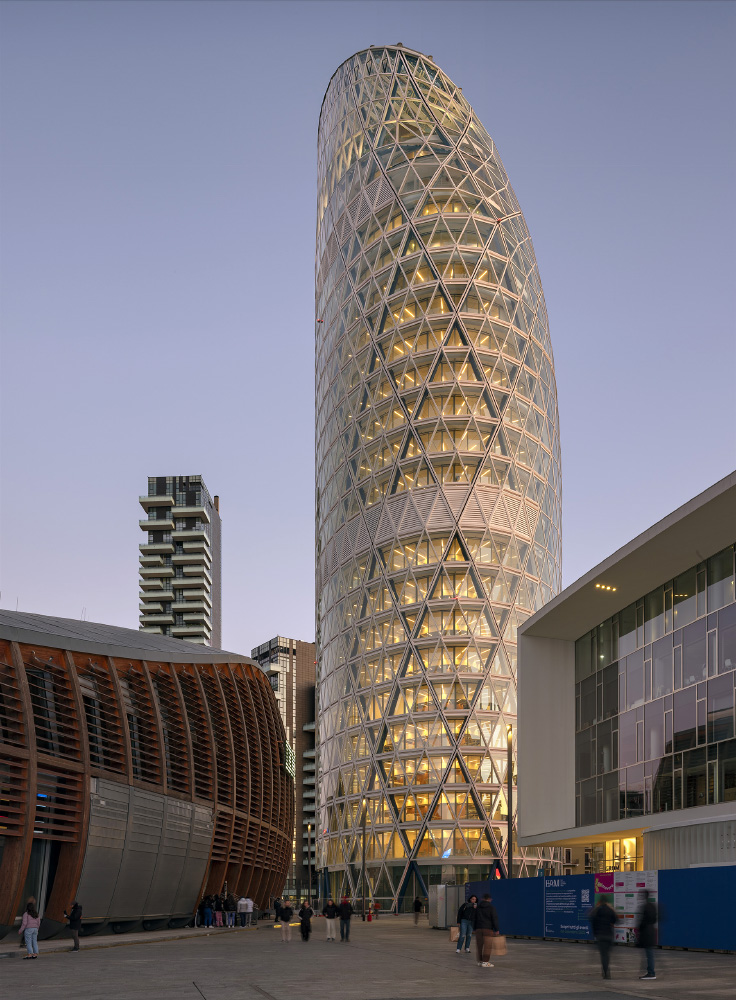
🔗 Connect with Duccio Malagamba
Book: Before-After with Álvaro Siza
🧭 What We Talked About
🎼 Early Journey / Origins
- Originally trained and worked as an architect before rediscovering photography later in life.
- First got into photography thanks to a friend’s dad who had a darkroom.
- Describes his path as a merging of two lifelong passions-he doesn’t shoot anything but architecture
📖 Philosophy / Vision / Storytelling
- Thinks of architectural photography as a kind of visual criticism-not just showing what a building looks like, but what it means.
- Prefers telling a story over delivering single “hero” shots; compares his work to writing a novel.
- Says his images are aimed at people who speak the “language” of architecture-fellow architects, designers, or anyone tuned into spatial storytelling.
📷 Tools, Gear, and Behind the Scenes
- Tripod is non-negotiable, especially for beginners-helps with precision and slows the process down.
- Tilt-shift lenses are crucial for keeping verticals straight and maintaining architectural integrity.
- Doesn’t like to study buildings in advance-he wants to be surprised when he arrives and lets the site speak for itself.
- Often spends several days at a location to understand how it behaves with light, shadow, and human movement.
🔁 Practice, Teaching, Platforms
- Regularly teaches and gives workshops, sometimes without cameras, so students can focus on learning how to “see” first.
- Believes architectural photographers are under-credited despite playing a major role in how the world experiences architecture.
- Emphasizes the importance of knowing a space before trying to photograph it-observe first, shoot later.
💬 Advice, Creative Strategy, or Challenges
- Says a good photo might show a building at its very best-even if that moment is fleeting or idealized.
- What’s not in the photo is just as telling as what is-if it’s hidden, it probably wasn’t worth showing.
- Recommends beginners avoid rushing-focus on strong composition, clean geometry, and understanding the purpose of the space.
🌍 Influences, People, Brands, or Places
- Longtime collaborator with Portuguese architect Álvaro Siza-Before-After grew from their relationship
- The book pairs Siza’s original sketches with Duccio’s photographs, treating each as a standalone piece of art.
- Has a new book in the works featuring Art Deco buildings in Havana, Cuba-photographed 30 years ago but only now being published.
- Highlights the everyday life visible in those images-Cuban culture alive in the windows, streets, and building facades
🔮 What’s Next for Duccio
- The Havana book is set to release in Spring 2026 – his first big departure from contemporary architecture.
- Plans to keep teaching, mentoring, and speaking up for architectural photography as a creative and critical practice.


